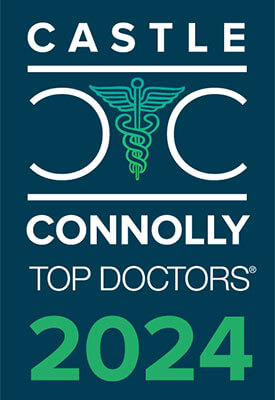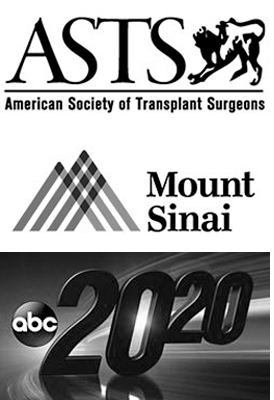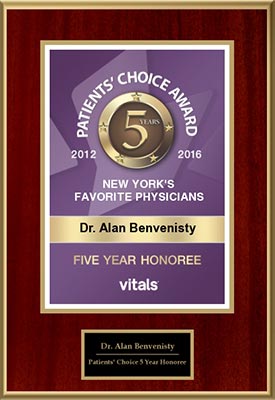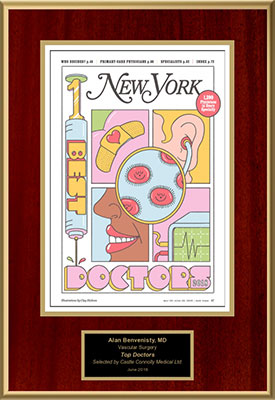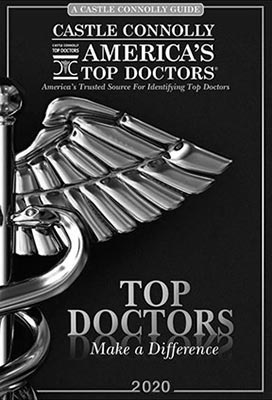Peripheral Artery Disease (PAD) and Claudication
Commonly occurring in the pelvis and legs, peripheral artery disease (PAD) is the most common form of peripheral vascular disease (PVD). It is a narrowing or blockage of the arteries that supply oxygenated blood to the outer areas of the body. While the main culprit in developing PAD is atherosclerosis (build-up of plaque along the arterial wall resulting in arteries becoming thick and stiff), peripheral artery disease may also be a hereditary condition associated with obesity, diabetes, smoking, hypertension, aging (over 60) and lack of physical activity.
Without question, peripheral artery disease (PAD) is a serious condition affecting up to 10 million Americans. While it may develop without obvious signs, those suffering from PAD may experience the following:
- Claudication: pain, tightness, weakness or cramping in one or both legs after exercise
- Numbness or coldness in outer extremities, including arms, legs, fingers and toes
- Thinning or loss of hair (arms or legs)
- Ulcers on the skin
- Muscle spasms
- Loss of sensation in the arms or legs
- Erectile dysfunction
Perhaps the most important indicator of peripheral artery disease is claudication. This is a circulation condition in which the blood vessels responsible for providing blood to the legs and arms are narrowed. Individuals suffering from claudication may experience intermittent pain while exercising, due to impaired blood flow to the legs and arms. As the condition worsens, however, individuals may experience these symptoms while at rest.
Diagnosis and Treatment Options For Peripheral Artery Disease (PAD)
Proper diagnosis of peripheral artery disease involves assessing the circulation in the legs and comparing blood pressures of the legs and arms (ankle-brachial index). Using a stethoscope, physicians can listen and assess circulation in the legs. The strength of the pulse in the legs is also checked. In turn, blood tests may be administered, along with treadmill tests, an MRI, ultrasound, electrocardiogram or an x-ray of blood vessels that have been injected with dye (angiography).
When it comes to management and treatment of PAD, careful consideration must be given to a patient’s age, lifestyle and the extent of their arterial disease. While changes to one’s lifestyle habits (losing weight, quitting smoking) will certainly help reduce symptoms associated with PAD, medications are often necessary to reduce pain and enlarge the diseased arteries. These medications may include aspirin, statins to reduce cholesterol and pain management drugs.
For severe cases of peripheral artery disease, doctors may devise a treatment plan consisting of a combination of new-age techniques and procedures. For instance, lower extremity arterial repair may be performed using laser atherectomy. Designed to unblock an artery, laser atherectomy involves threading a catheter through the blood vessel until it reaches the blocked area. A laser is then emitted to vaporize the blockage, restoring blood flow. Even so, advancements in other techniques and equipment have allowed for the successful treatment of a variety of complicated cases. Vein bypass surgeries such as open leg bypass, femoral-tibial bypass and femoral popliteal bypass are also used to reroute blood supply and treat lower extremity arterial blockages.
As a tremendous benefit to patients suffering from peripheral artery disease and lower extremity arterial conditions, Dr. Alan I. Benvenisty’s specific expertise in limb salvage bypass surgery has allowed numerous patients to avoid amputation. This is one reason why many seek Dr. Benvenisty’s care when it comes to their arterial disease. To schedule an appointment with Dr. Benvenisty today, contact our Manhattan office on Amsterdam Avenue.


